The Canon G7X Mark III became so popular among influencers that scalpers drove prices to nearly double the original retail cost, and for good reason. Compact cameras have evolved from simple point-and-shoot devices into sophisticated vlogging powerhouses that slip easily into a travel backpack yet deliver professional-quality footage.
Here’s a curated list of fifteen compact cameras that excel at travel vlogging, each offering unique strengths for content creators who refuse to compromise on portability or performance.
Sony ZV-1
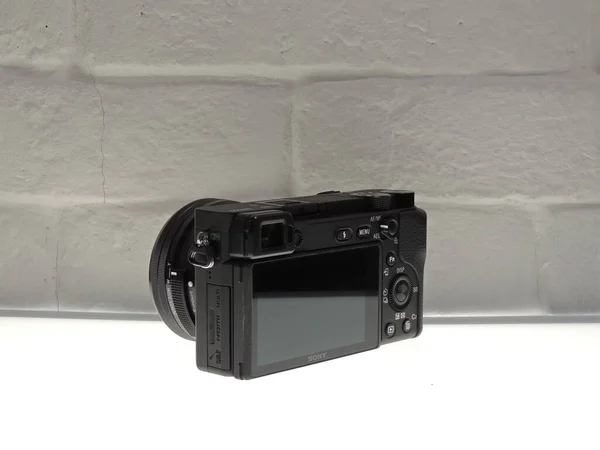
The ZV-1 combines a compact build with superlative autofocus and a side-flipping screen, putting powerful vlogging abilities in your pocket. Its competitive suite of vlogging features includes a built-in ND filter and good stabilization options.
The camera feels purpose-built for solo creators. Sony’s autofocus system outperforms the Canon G7X Mark III, while the side-flipping screen offers more convenience for self-recording. Battery life runs about 45 minutes for 4K video, which means packing spare batteries for longer shooting days.
Canon PowerShot G7X Mark III
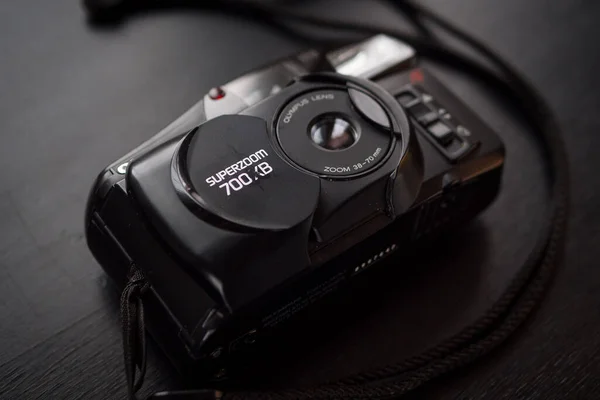
The G7X Mark III launched in July 2019 and found popularity among influencers, with its zoom reaching up to 100mm being one of the reasons it became so trendy. The camera houses a stacked 1-inch CMOS sensor and delivers a 24-100mm equivalent zoom range.
And despite being six years old, the fundamentals remain solid. The reasons that influencers fell in love with the G7X Mark III are features that, despite the camera’s age, aren’t outdated. It uniquely offers YouTube livestreaming capability, though finding one at reasonable prices has become increasingly difficult.
Like Travel Pug’s content? Follow us on MSN.
DJI Osmo Pocket 3
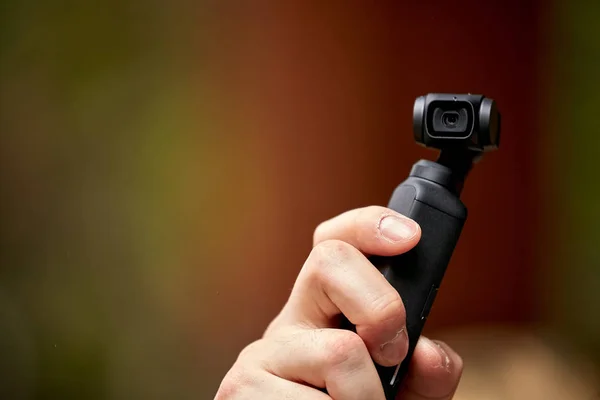
Combining gimbal stability with a super-portable design and accessible price, the DJI Pocket 3 is a fantastic tool for solo vloggers. Its three-axis gimbal delivers silky smooth footage while the 1-inch sensor improves low-light capabilities and resolution.
The camera supports 4K 120p for slow-motion effects. Its pocket-friendly size and gimbal make it much more convenient than an interchangeable lens camera, while the onboard mic provides decent audio quality. Still, the fixed lens limits creative flexibility compared to zoom-equipped rivals.
Sony ZV-1 II
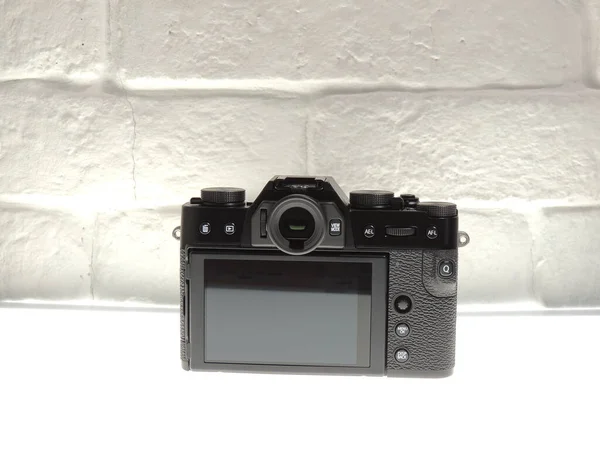
Sony updates the ZV-1, giving the vlog-centric compact camera an 18-50mm equivalent F1.8-4.0 lens that’s now wide enough for less cramped selfie mode videos. The wider lens addresses one of the original ZV-1’s main limitations for arm’s-length vlogging.
However, the camera lacks optical image stabilization, and the only form of stabilization crops the image to approximately 24mm equivalent, which can feel too tight for many occasions. Not great for handheld walking shots.
Canon PowerShot V1
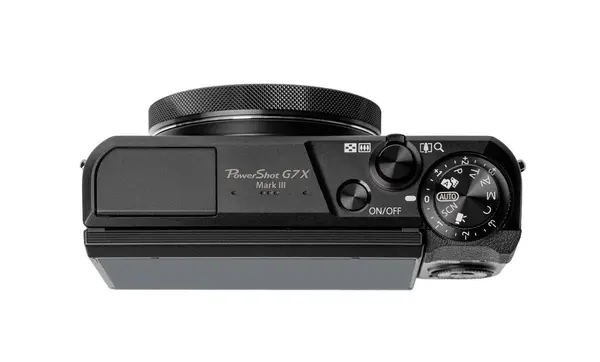
Canon has created an all-new compact camera with impressive video skills, featuring a larger 1.4-inch sensor than rivals like the Sony ZV-1 II and DJI Osmo Pocket 3. It offers reliable autofocus, decent stabilization, and unlimited 4K recording times thanks to built-in cooling vents.
The 16-50mm lens provides excellent wide-angle coverage for vlogging. Even with digital stabilization active and the consequent crop applied, the framing remains wide enough for arm’s reach vlogging. However, the lens has a smaller maximum aperture compared to rivals, which somewhat counters the larger sensor’s advantage.
Like Travel Pug’s content? Follow us on MSN.
Sony RX100 VII

The RX100 VII delivers sharper and more detailed 4K video than the Sony ZV-1 while maintaining most vlogging features. This stills-focused camera still includes a flash and even outdoes the G7X’s lens performance.
Built primarily for photography enthusiasts who occasionally vlog. The camera excels in image quality but lacks some creature comforts like the ZV-1’s dedicated vlogging modes. It also features a slower lens for indoor shooting, though the difference becomes less noticeable in outdoor conditions.
Ricoh GR IIIx
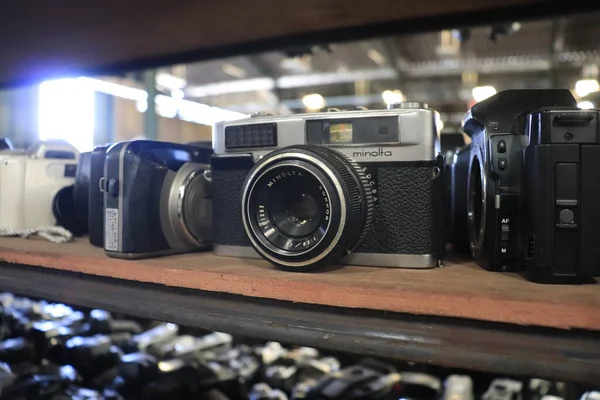
The GR IIIx fits in a pocket but comes with an APS-C sensor and a sharp prime lens, making image quality feel comparable to full-frame cameras. It’s one of the few true compact cameras still being manufactured in 2025 and is perfect for city breaks.
However, there’s no built-in flash, battery life is poor, the touchscreen is fixed, and it won’t stand up to rigorous treatment. The fixed 28mm equivalent lens also means no zoom flexibility. But that image quality though.
Fujifilm X100VI
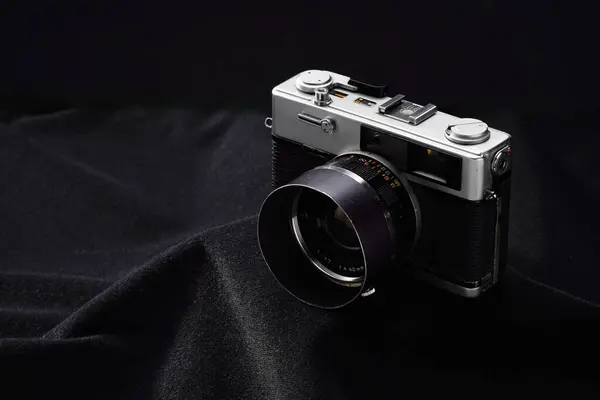
The X100VI is among the trendy compact cameras on the market, though like the Ricoh GR III, it features a fixed lens without zoom. It boasts impressive specifications that outshine many direct competitors while being more budget-friendly than most rival models.
The camera delivers exceptional image quality with that classic Fujifilm color science. Perfect for travel photography, though the 35mm equivalent fixed lens requires more footwork for varied compositions. The retro styling turns heads everywhere you go.
Like Travel Pug’s content? Follow us on MSN.
Canon PowerShot V10
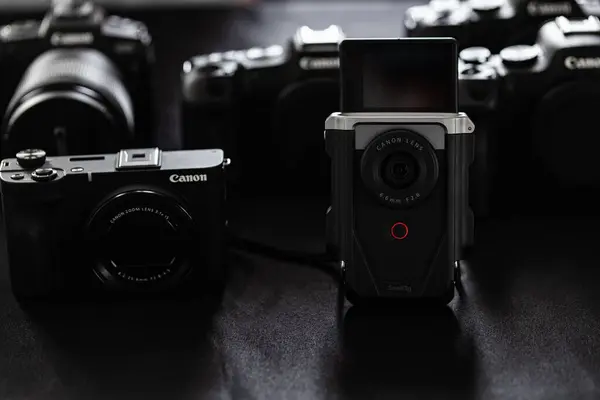
Designed to make vlogging a cinch, the PowerShot V10 isn’t perfect, but its size and price make it appealing for novices. Despite being entry-level, it features a larger-than-standard sensor for decent image quality in various lighting conditions.
This represents Canon’s most affordable entry into dedicated vlogging cameras. The compact size means easy pocketability, though video quality and features trail more expensive options. Great for testing the vlogging waters without major investment.
Sony ZV-1F
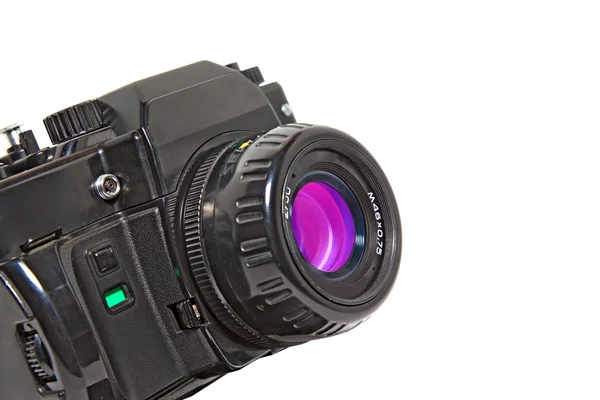
The ZV-1F strips away some premium features to hit a lower price point while maintaining core vlogging capabilities. It offers an ultra-wide lens that’s particularly appealing for cramped selfie situations.
More budget-conscious creators will appreciate the reduced cost. However, the camera makes notable compromises in build quality and some advanced features compared to its more expensive siblings. Still a solid choice for casual travel vlogging.
Panasonic Lumix LX series
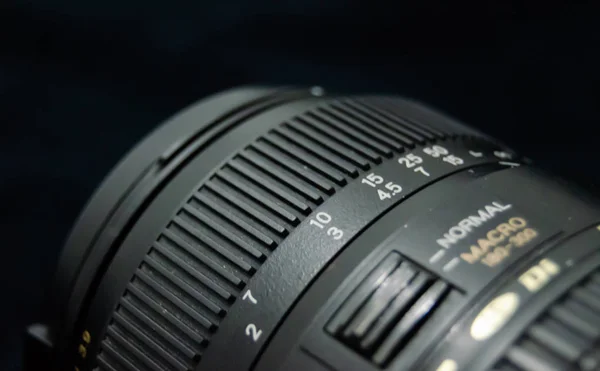
The Lumix LX series features a larger Micro Four Thirds sensor compared to 1-inch sensors in Sony and Canon compacts, which should provide greater potential for background blur and overall quality. The kit lens delivers a 24-64mm equivalent zoom range.
The series includes useful features like: • OZO Audio positioning technology • 3.5mm microphone input • Built-in electronic viewfinder
Of the three vlogging-focused cameras tested, only the Panasonic offered a built-in electronic viewfinder, useful for shielding from sunlight and better judging exposure.
Like Travel Pug’s content? Follow us on MSN.
Nikon Z fc
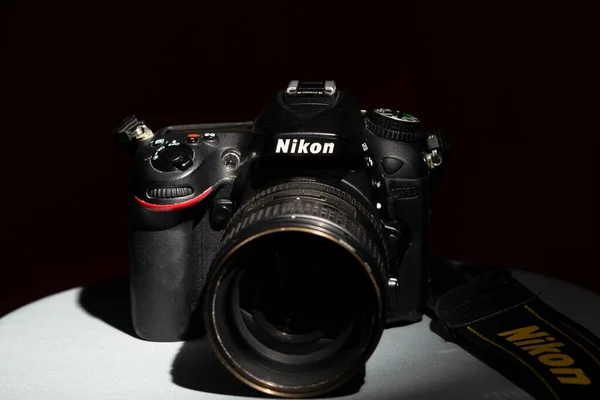
The Z fc is impossibly lightweight, making it an ideal travel camera candidate, and it’s simply gorgeous in a nostalgic way, reminiscent of 35mm film cameras. It delivers beautifully warm images and excels at filming travel vlogs in 4K thanks to its articulating screen that offers good visibility even in full sun.
What’s fun about this camera is its abundance of physical controls that please experienced photographers, though these also make it more challenging to use for those without much camera experience. The vintage aesthetics might attract unwanted attention in certain travel situations.
Canon PowerShot SX740 HS
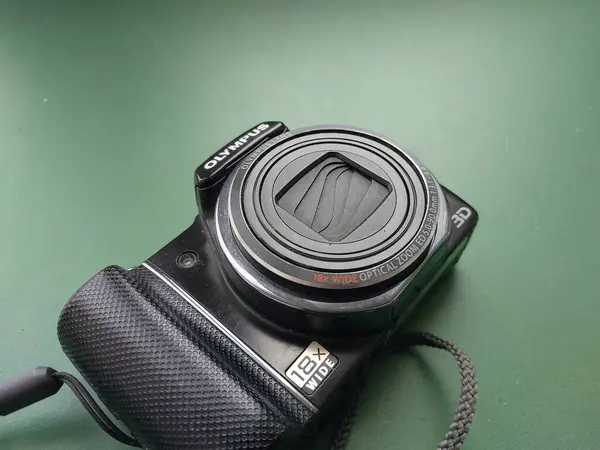
Canon announced increased production of the SX740 HS alongside the G7X Mark III, signaling continued support for compact camera enthusiasts. The camera offers substantial zoom range in a compact body, making it versatile for various travel scenarios.
The extensive zoom capability sets it apart from fixed-lens competitors, though this comes at the expense of maximum aperture and low-light performance. Good for travelers who prioritize versatility over absolute image quality.
Fujifilm X-M5
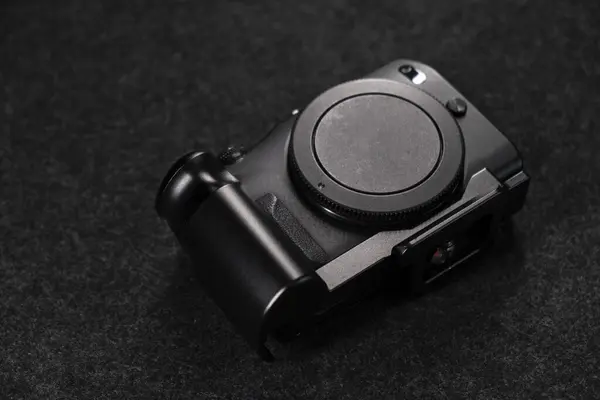
This powerful yet beginner-friendly 2024 release is perfect for capturing 4K and 6.2K travel vlogs and photos while being unbelievably compact. Its highly-articulating LCD screen makes it great for vlogging, though it lacks in-body image stabilization.
The physical buttons aren’t too small, and the front grip is deep enough for bigger hands to control securely. A kit with XC 15-45mm lens costs less than $900, offering excellent value for the performance and travel-friendliness. The screen dims in sunny conditions, making menu navigation challenging in bright light.
Like Travel Pug’s content? Follow us on MSN.
Insta360 Ace Pro 2
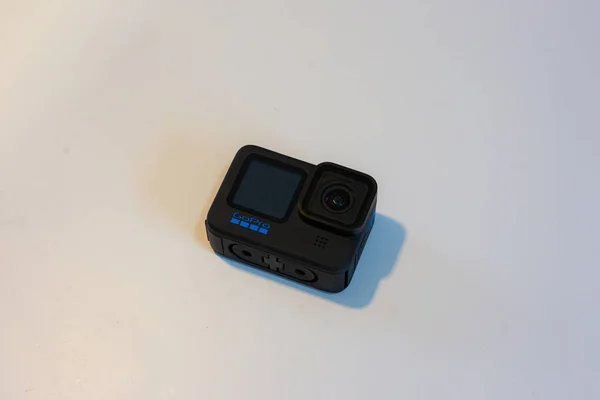
The Ace Pro 2 features dual AI chips and a next-generation 1/1.3″ 8K sensor for exceptional image quality in any lighting condition, with a 2.5″ flip touchscreen and rugged design. Its advanced wind guard system ensures crystal-clear audio while AI-powered editing capabilities make it perfect for both adventure and urban vlogging.
This action camera crossover brings professional-grade features to the compact form factor. The AI-driven features reduce post-production time significantly, though the action camera aesthetic might not suit all vlogging styles.
The bottom line
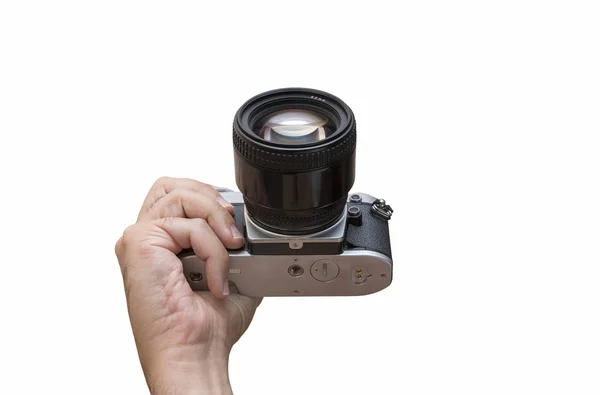
Travel vlogging demands cameras that balance portability with performance, and these fifteen options prove that compromise no longer means settling for mediocre results. Whether you’re drawn to the Sony ZV-1’s purpose-built vlogging features, the Canon G7X Mark III’s proven influencer appeal, or the DJI Pocket 3’s gimbal-stabilized smoothness, each camera offers distinct advantages for different creative approaches.
The key lies in matching your specific travel style and content goals with the right compact companion.
More from Travel Pug

- 20 Best Beach Towns in the Carolinas
- 13 Destinations Where Tourists Regularly Regret Their Trip
- 20 Things You Actually Get in First Class
- 20 Small Airports With Aviation Museums
- 20 Places in the U.S. That Are Perfect for a Reset Trip
Like Travel Pug’s content? Follow us on MSN.
